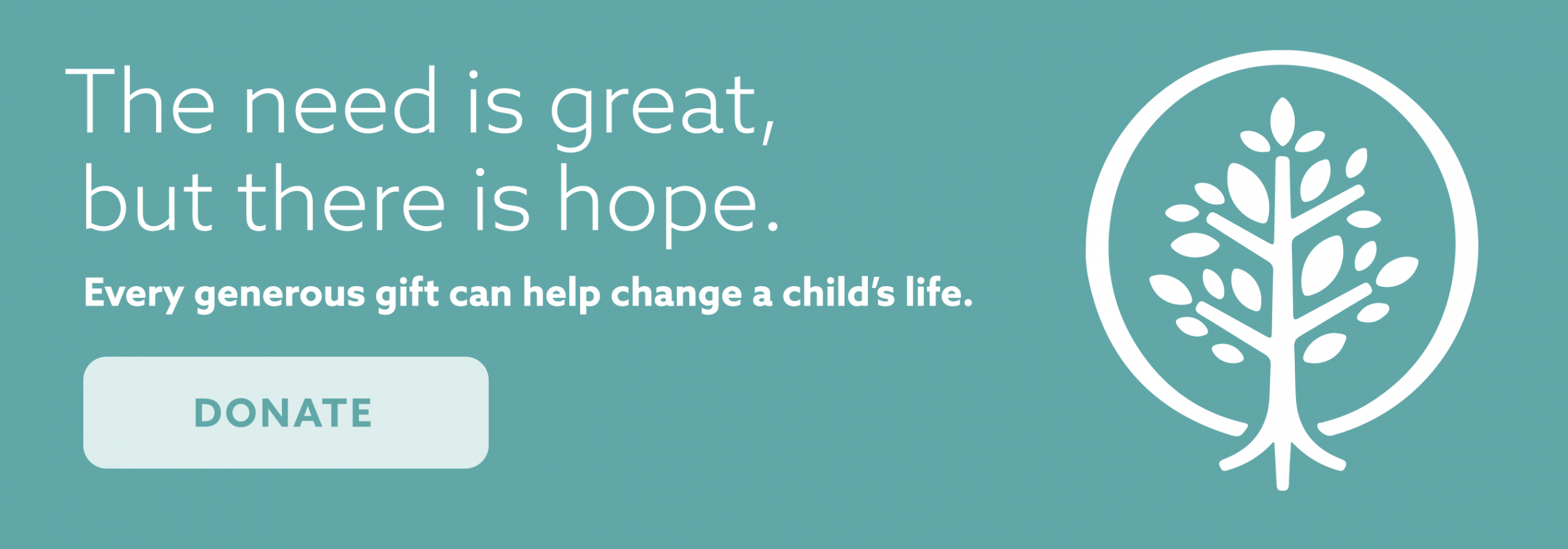Understanding Health Insurance for Children Welcomed Home Through Adoption

Understanding how to navigate health insurance on behalf of your child can be challenging. Show Hope’s mission is to care for orphans by engaging the Church and reducing barriers to adoption. Those barriers include the financial barrier (addressed through Show Hope’s Adoption Aid grants), the medical barrier (addressed through Show Hope’s Medical Care grants), and the knowledge barrier (addressed through Show Hope’s Pre+Post Adoption Support and Student Initiatives). Many children who have been orphaned live with medical needs, with limited access to adequate healthcare. And once home, rising medical costs and access to treatment can be overwhelming for families.
Adopting a child is considered a Qualifying Life Event (QLE) that can make you eligible for a Special Enrollment Period (SEP), which allows you to enroll or change your health insurance outside of the yearly open enrollment period. Under federal law, health insurance companies must cover children who have been adopted, without any restrictions based on preexisting health conditions. Coverage should be effective as of your child’s adoption or adoption placement date as long as you enroll your child within 30 days of the adoption or adoption placement date.
When “shopping” for health insurance, either during open enrollment or during a SEP, your insurance provider will provide you with a Summary of Benefits and Coverage (SBC). This document is an easy-to-read summary of costs, coverage, and benefits of your different plan options. You can ask for a copy of this at any time. Your SBC will include the following information
- Deductible. This is the amount that you must pay each year before benefits begin. There will be a different deductible amount for individuals and the whole family. When assessing Medical Care grant applications, Show Hope only looks at the individual deductible amount.
- Out-Of-Pocket Maximum (OOP). This is the maximum amount that you pay out of pocket each year, including deductibles, coinsurance, and copays. There will be a different OOP amount for individuals and the whole family. When assessing Medical Care grant applications, Show Hope only looks at the individual OOP amount.
After receiving a service, your insurance will send you an Explanation of Benefits (EOB). This document will outline the cost of the care that you received, the amount that was paid for by your insurance company, and the amount that you owe. An EOB is not a bill, but you may receive a bill at a later time.
Many children who have been orphaned live with medical needs, with limited access to adequate healthcare. And once home, rising medical costs and access to treatment can be overwhelming for families. Since the fall of 2020, Show Hope has offered Medical Care grants to financially assist families with medical expenses for their children welcomed home through adoption. Today, the average Show Hope Medical Care grant is $6,000 and can be applied to varying procedures, treatments, equipment, and rehabilitative therapies.
When applying for a Show Hope Medical Care grant, you will be asked to provide a copy of your SBC, and either a monthly claims statement or an EOB showing your deductible and OOP met.
For more information about Show Hope Medical Care grants, please visit our website at showhope.org/medicalcare.


